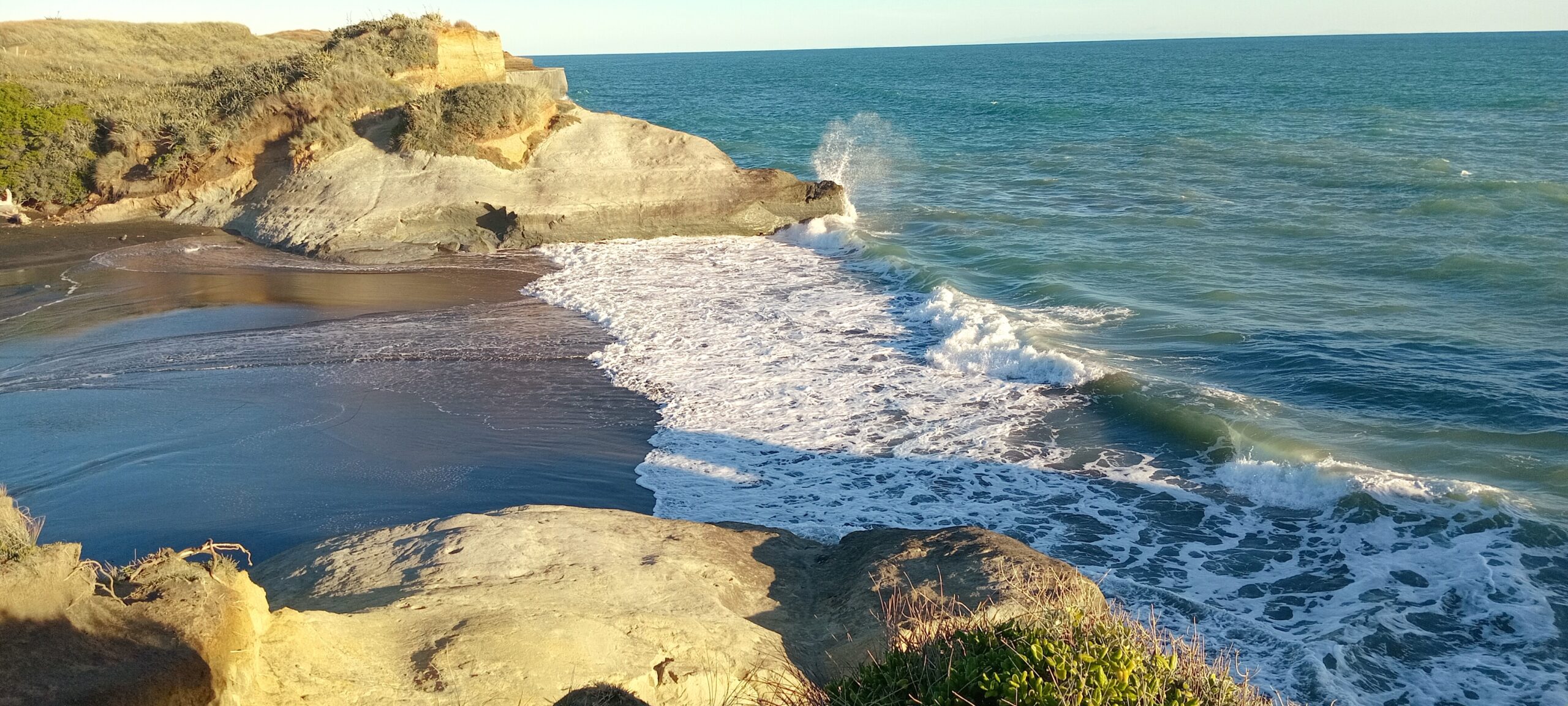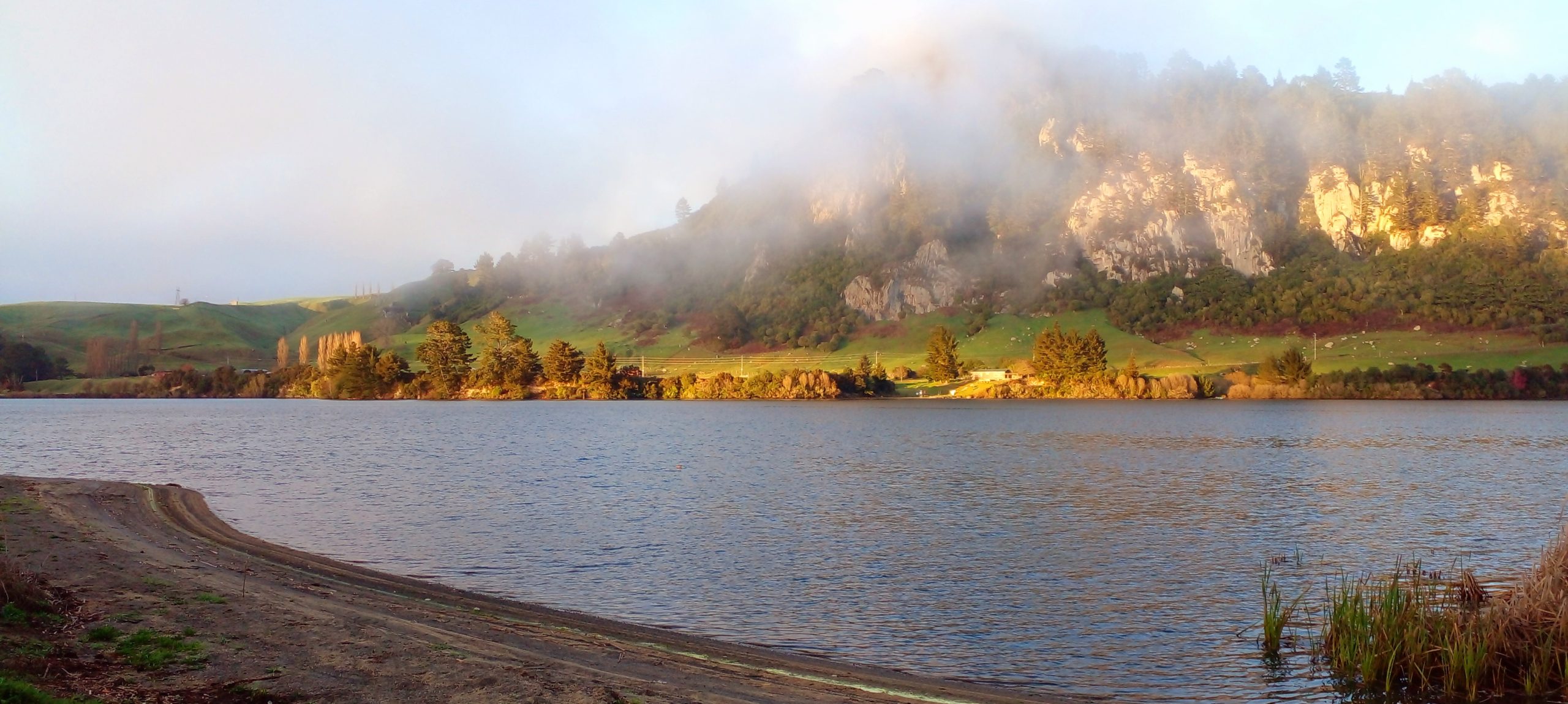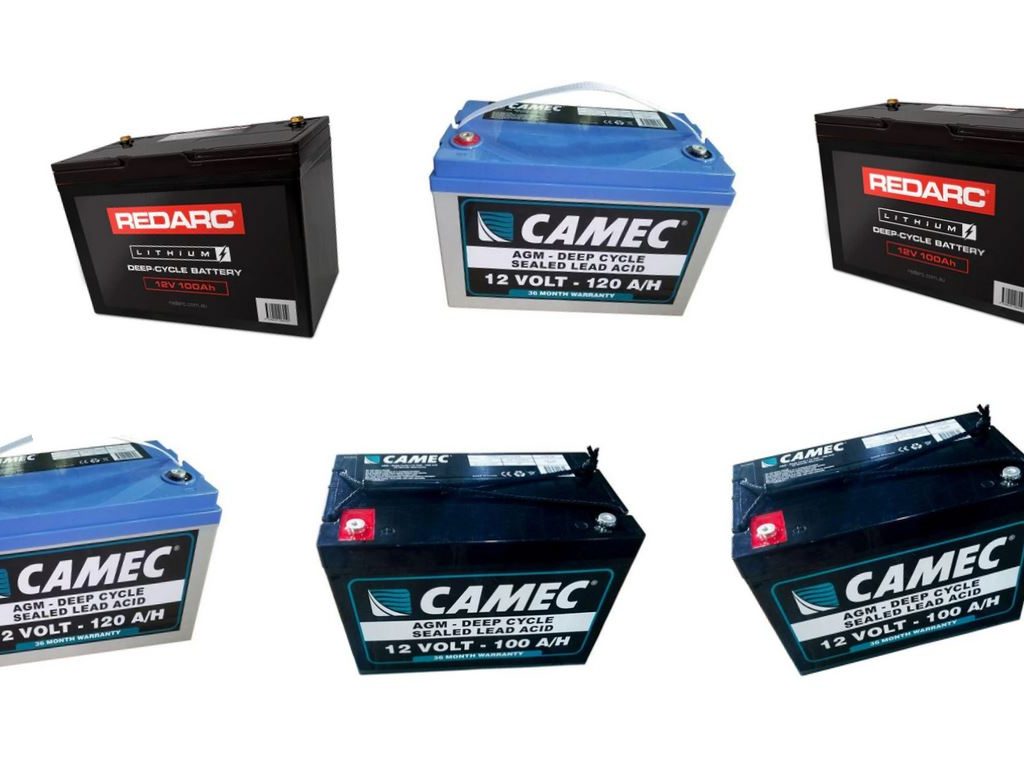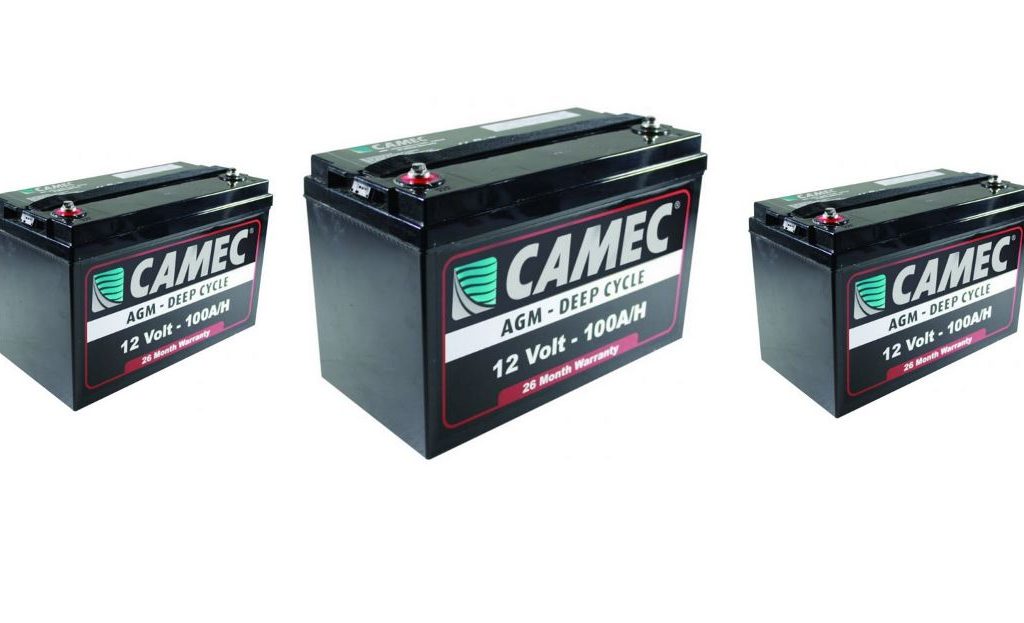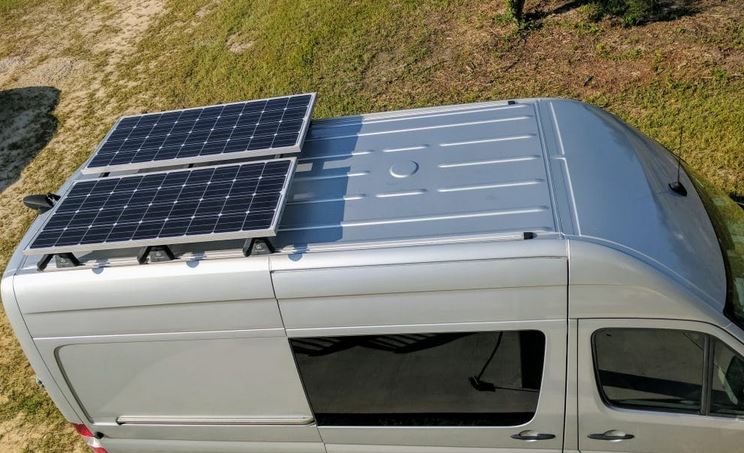A Solar Charge Controller is a regulator for your batteries used to prevent overcharging and discharging. Solar panels are connected to the solar charge controller, as are the batteries. The Charge controller sits in the middle – it’s the link between batteries and solar panels.
You need a solar charge controller to ensure your batteries aren’t overcharged. The voltage on your solar panels can range from 16 to 32 volts or more. For example, a “12 volt solar panel” will actually produce around 18 volts, and without a load, closer to 21 volts. A “24 volt panel” will be producing around 32 volts, and without a load, close to 45 volts.
Your solar charge controller takes care of the higher voltage and ensures that your batteries are receiving the correct voltage. A 12 volt battery is fully charged at 12.6 volts. But to actually charge that battery, the input voltage needs to be over 14 volts usually, and the exact number will depend on the type of battery you have. Some people have their electrics set up as a 24 volt system. If they only had a “12 volt solar panel” – where the maximum voltage would be around 17 volts, it’s not going to have enough voltage to get the batteries charging.
A solar charge controller also prevents power from leaking back, from the battery to the solar panels at night time. Depending on the type of solar charge controller you have, it may have many other useful features, such as allowing you to stop the battery from being over discharged.
With batteries such as AGM or GEL, the amount of power they need from the solar panels changes. If they’re low on charge, they’ll absorb a lot more power. As they get closer to fully charged, they need to soak up less power – slow down the rate of charge, and this again is where the solar charge controller comes in.
PWM vs MPPT Solar Charge Controller
There are two different types of solar charge controller you can install. PWM stands for Pulse Width Modulation and MPPT is short for Maximum Power Point Tracking.
PWM controllers are an older technology and not as efficient as the newer technology MPPT solar charge controller. A PWM solar charge controller, being an older technology are generally cheaper than an MPPT solar charge controller.
A PWM solar charge controller probably still has it’s place in the scheme of things. If you’re only using it in a really small power system, perhaps an 80 watt solar panel to keep keep a battery for some shed lights used occasionally charged up.
However, MPPT controllers are so cheap these days that for most situations I’d recommend using an MPPT controller. At the time of writing, a 30 amp EPEVER Tracer MPPT Solar charge controller comes in at around $209 from Sunny Tech Solar. That would allow you to have up to a 390W solar panel at 12 volts, or 780 watts of solar at 24 volts.
My Solar Charge Controllers
I’ve got four solar charge controllers. An EPEVER 30 amp charge controller in the van. The motorhome, because there are three different electrical systems has 3 charge controllers. A 30 amp Fangpusun PWM charge controller, a 10 amp EPEVER MPPT controller and a 40 amp EPEVER MPPT controller.
I like the Fangpusun PWM charge controller, it’s easy to use and has served me well. I bought it back when MPPT technology was a little out of my budget.
See more about my electrical set up here.
The EPEVER Solar Charge Controller
I’ve used EPEVER solar charge controllers for a number of years now without any problems. They’re easy to use, the terminals are easy to connect your wires to, and there are a couple of good accessories – the MT50 and EPEVER Solar Station Monitor.
The MT50 is connected to your charge controller and allows you more control of functions, settings and display. It gives more functionality than what you can access from the basic charge controller unit. They’re available at most RV or Motorhome stores such as RV Supercentre. People that have them say they’re worth having, but I don’t have one. I may get one, or two, in the future, but at the moment I’m using the EPEVER Solar Station Monitor.
The EPEVER Solar Station Monitor
Downloading and Installing the EPEVER Solar Station Monitor
The EPEVER Solar Station Monitor is software that you can download from EPEVER and install on your computer. I’ve got it running on an old Windows 7 laptop as well as a newer laptop. It works successfully on both.
All the files you need should come zipped in your download. Unzip the folder and install. It pays to read the instructions! The RS485 cable plugs into the communications port on the charge controller and into the USB port of your computer. I spent a little while searching on the internet for drivers for the RS485 cable, when they were actually included in the download.
You’ll need to purchase the RS485 cable. I bought my cable from Sunny Tech Solar.
The EPEVER Solar Station Monitor Interface
It’s nothing flash, seems like it was coded in the 1990’s (it probably was), probably in C# with Windows Forms, but does what it says on the tin.
You’ll need to set up your ‘solar station’ with the add station button top left. At first it can seem a bit confusing or complicated, but most people will be able to figure it out or at least know someone who can help.
I decided to use the Solar Station Monitor because I had bought ‘drop in’ Lithium batteries, that weren’t really ‘drop in’ batteries. They needed the charge settings to be changed otherwise I was getting high voltage spikes.
The Solar Station Monitor has given me the ability to input the exact settings I want. By clicking on Parameters (P) I can access the following panel which gives you the option to select your desired settings.
You can monitor in real time your load – the blue line, the input from your solar panels – the red line, and the charge going into your batteries, the green line.
The following screenshots relate to the Lithium batteries in my motorhome. Two 100 amp hour Lithium Valley batteries in series giving 100 amp hours at 24V. The Solar panels are two 370 watt panels.
The image below shows the load (blue line). That includes the Samsung 255L fridge, but in it’s off cycle, the Laptop being used plugged in and charging – just over 2 amps of draw (fridge and laptop), mobile phone plugged in charging – jumps up to just over 3 amps, the Samsung 255L fridge kicks into it’s cooling cycle, the large brief jump is the water pump being used momentarily.
The image below – Load is only the Samsung 255L fridge. The fridge cycles on and off as needed, and this is when it is in an off cycle.
Image below – fridge is cooling
Image below – fridge cycles – off, on, off, on. The one blue spike is the water pump.
Image below – fridge cycle on – every so often, perhaps twice a day it seems to do a cycle where it draws a lot higher amps.
Overall I find the EPEVER solar charge controllers to be great. And the Solar Station software gives me the option to see what’s going on if I need or want to, as well as tweak the settings for the charging inputs etc.
In the near future I plan to take some screenshots of the usage in my small van. Using the same batteries set up in parallel as 200 amp hours at 12 volts, running a 40 litre Waeco fridge, 1100 watt Nomad Pure Sign Wave Inverter with laptop, phones, and lights, a much smaller system, but also only one 270 watt solar panel.
In the meantime, be sure to check out Lake Aniwhenua – one of my favourite freedom camping spots!












